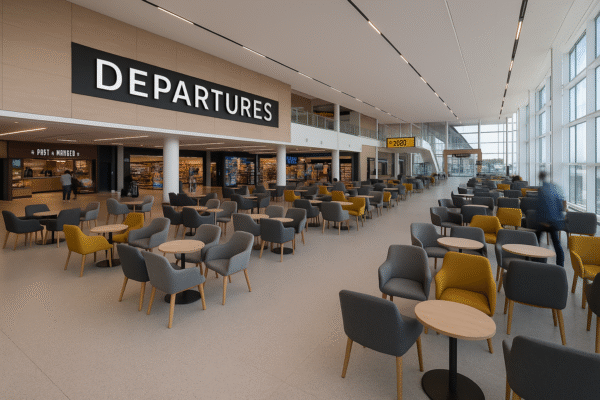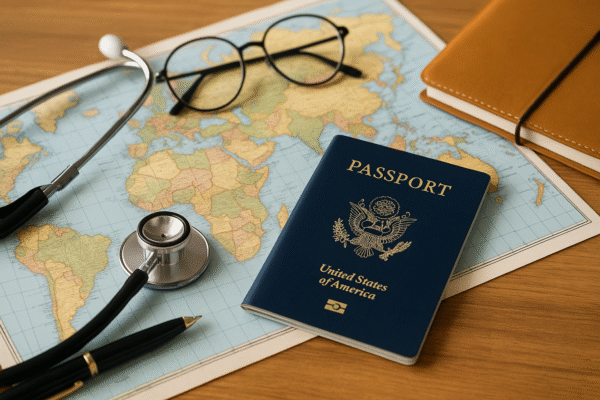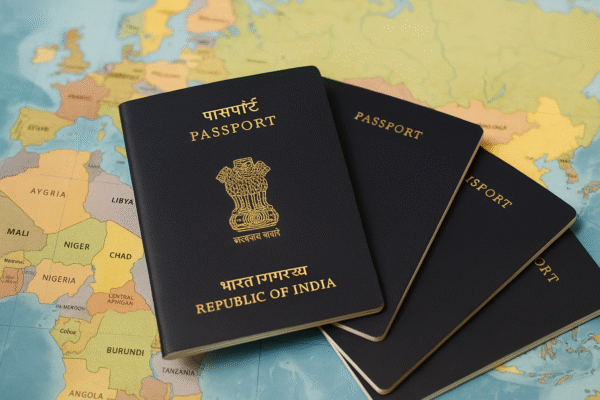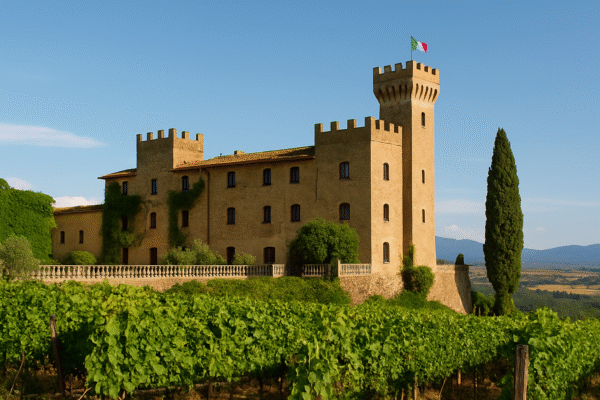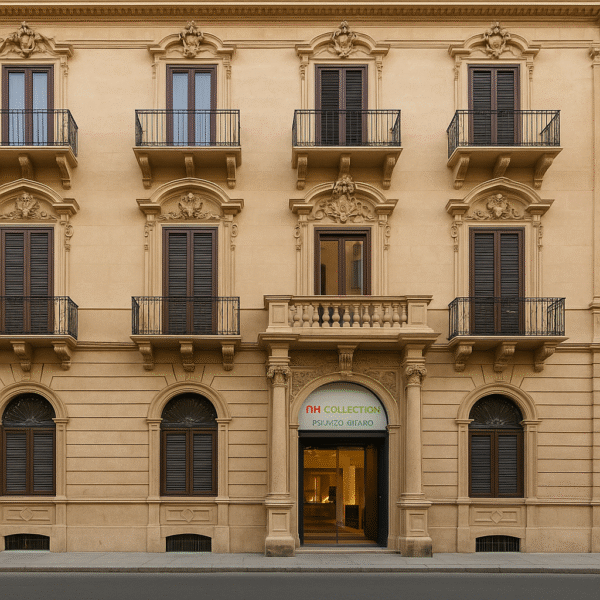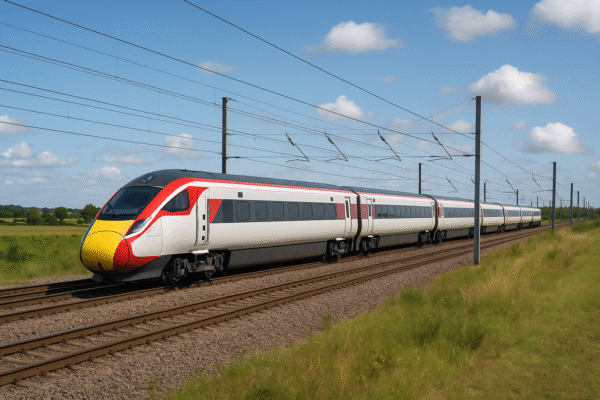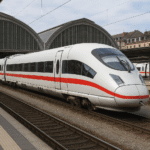The UK’s tourism landscape is on the cusp of a significant transformation as the Office of Rail and Road (ORR) has approved a major expansion of rail services on the East Coast Main Line (ECML). Slated to begin in December 2025, this initiative will introduce faster connections, greater passenger capacity, and 170 new zero-emission trains—significantly advancing the country’s green tourism agenda while improving accessibility to some of its most cherished destinations.
The announcement signals a pivotal move in the UK’s broader push to integrate sustainable transportation with national tourism strategies, ensuring that both domestic and international travellers can access iconic cultural hubs and scenic regional areas with ease and environmental responsibility.
Connecting Major UK Tourism Cities and Attractions
The ECML expansion brings with it a series of strategically beneficial routes for tourists. By linking major cities and opening up smaller destinations, the upgraded rail service will reshape travel experiences across Britain.
London to Glasgow and Edinburgh
Travellers will benefit from enhanced direct routes between London and Glasgow, significantly reducing travel time while eliminating the need for connecting transport. Glasgow, known for its vibrant art scene, Kelvingrove Art Gallery, and proximity to Loch Lomond National Park, will become a key gateway to Scotland’s natural and cultural riches. Similarly, Edinburgh, with its UNESCO-listed Old Town and the Edinburgh Castle, will gain greater exposure to inbound tourists.
Hull and Newcastle
Expanded rail connections will also enhance access to Hull, a port city known for its maritime heritage and landmarks like the Ferens Art Gallery and Hull Maritime Museum. Meanwhile, Newcastle—home to the Tyne Bridge, Newcastle Castle, and a lively culinary and nightlife scene—will see improved rail links with London and other major northern cities, attracting more visitors seeking urban and heritage tourism.
Reviving Regional Towns and Coastal Getaways
Beyond the cities, the East Coast Main Line will offer more frequent and accessible services to smaller towns such as Seaham, Wakefield, and Bradford—locations rich in history and charm but often overlooked due to limited transport access.
- Seaham, with its picturesque cliffs and beaches, is poised to become a new seaside getaway.
- Wakefield, home to the National Coal Mining Museum and Wakefield Cathedral, offers cultural heritage without the urban crowds.
- Bradford, a UNESCO City of Film, will now be better positioned for tourists exploring Yorkshire’s cultural offerings.
These service upgrades represent a paradigm shift in how travellers can experience the UK, allowing deeper exploration beyond major tourist circuits and promoting more balanced regional tourism.
Advancing Sustainable Tourism with Zero-Emission Trains
At the heart of this rail expansion is a commitment to green mobility. The introduction of 170 zero-emission trains aligns with the UK’s pledge to achieve net-zero emissions and represents a critical step toward decarbonising domestic travel.
Unlike car or air travel, trains powered by electricity—especially renewable sources—offer a far lower carbon footprint. With a growing number of environmentally conscious tourists choosing sustainable travel options, these new services will position the UK as a global leader in eco-friendly tourism infrastructure.
VisitBritain has consistently highlighted sustainability as a key priority, and rail improvements like this are critical to achieving national and regional environmental targets.
Enhancing the Tourist Experience: Comfort, Connectivity, and Convenience
The upgraded East Coast Main Line promises more than just improved timetables. The new trains will feature:
- Comfortable seating with more legroom
- Onboard Wi-Fi and charging ports
- Quiet zones and accessibility upgrades
- Enhanced onboard catering services
These upgrades aim to make train journeys an experience in themselves, rather than just a means of transport. With streamlined access to iconic sites and increased reliability, train travel becomes not only efficient but enjoyable.
Economic Impact: Tourism Growth Through Rail Connectivity
According to the Department for Transport, tourism directly supports over 3 million UK jobs and contributes more than £130 billion to the economy annually. The ECML expansion is expected to further stimulate this growth by:
- Increasing footfall in rural and coastal towns
- Encouraging off-peak and shoulder season travel
- Creating new jobs in rail, hospitality, and services
- Supporting the hospitality and cultural sectors in less-visited regions
The ability to distribute tourist traffic more evenly also helps combat the issue of overtourism in cities like London and Edinburgh, while injecting economic vitality into towns previously left out of the travel narrative.
A Strategic Boost to Britain’s Tourism Competitiveness
Countries like France and Japan have long reaped the tourism benefits of high-speed and accessible rail. With the East Coast Main Line improvements, the UK is catching up—offering efficient, sustainable, and visitor-friendly transportation that enhances the nation’s tourism appeal on the global stage.
The government’s long-term tourism strategy, including the Tourism Recovery Plan, emphasises the importance of accessibility, sustainability, and infrastructure—all of which are fulfilled through these ECML upgrades.
Conclusion: On Track for a Greener Tourism Future
The East Coast Main Line expansion is more than just a transportation update—it’s a gateway to revitalised tourism, regional equality, and green economic growth. With better access to historical cities, cultural sites, and tranquil coastal towns, tourists can now experience more of Britain—comfortably, affordably, and sustainably.
As the UK positions itself for a tourism renaissance in 2025 and beyond, the expanded East Coast rail service will be a cornerstone in making the nation a world-class, environmentally conscious destination.
For more travel news like this, keep reading Global Travel Wire

